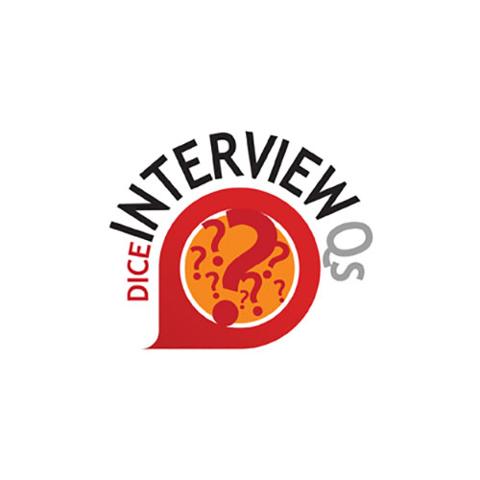Why Ruby Is Making a Comeback
For the first time in a long time, the monthly TIOBE Index offers a little surprise: Ruby continues its aggressive climb up the rankings of most-used programming languages. As noted by TIOBE’s report accompanying the ranking data, Ruby is unusual in that it’s experiencing a second Renaissance of sorts. While the language enjoyed a boost of popularity circa 2006, due in large part to its usage by several “hot” startups, concerns about performance and scalability led many companies to switch to alternatives. “The Ruby evangelists vanished to other cool new languages and Ruby seemed to be on its way out. But not really,” the report stated. “After being out the limelight for quite some years, Ruby's popularity started to grow again at the beginning of 2015. This time it seems to be a more sustainable growth based on actual usage of the language instead of shouting." Ruby now occupies eighth place on TIOBE’s list, up from fifteenth place in May 2015. While a multi-rank leap isn’t all that uncommon further down the list, it’s harder for languages to make impressive gains once they cross into the top ten, where a difference of even a single rank is dependent on the preferences and workflow of thousands of developers. For that reason alone, a handful of languages consistently dominate the very top of TIOBE, including Java, C, C++, C#, and Python. TIOBE relies on search-engine data to calculate its rankings. For those applying for a job as a Ruby on Rails (a framework written in Ruby) developer, check out our sample job-interview questions. And if you want a fun visual matchup between Python and Ruby, check out this project from workshape.io.



